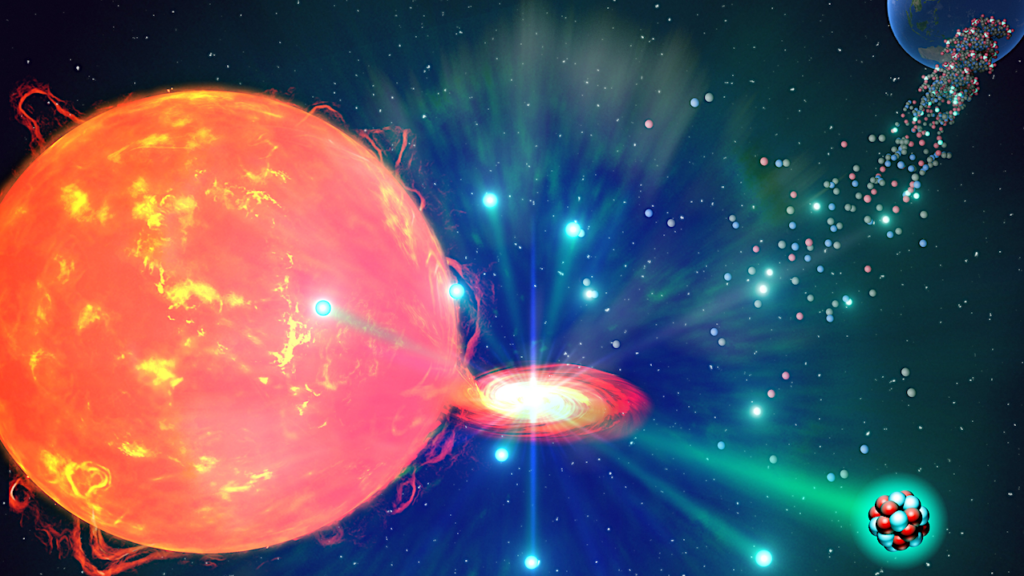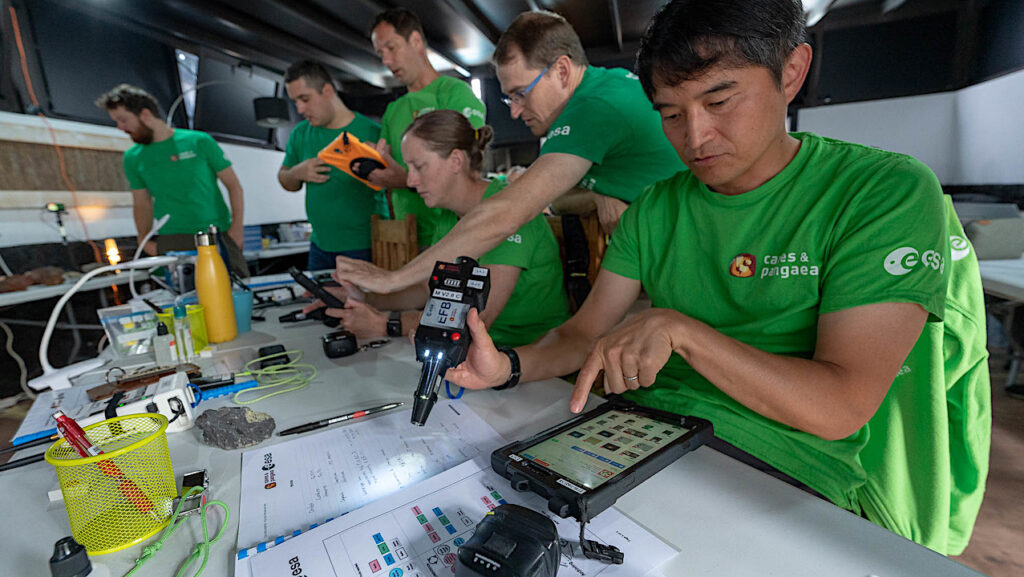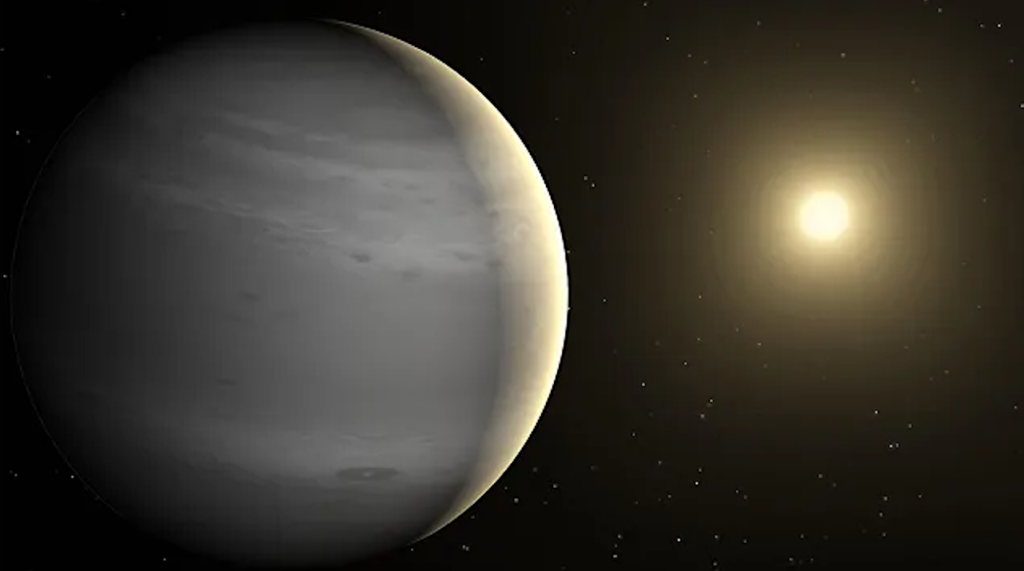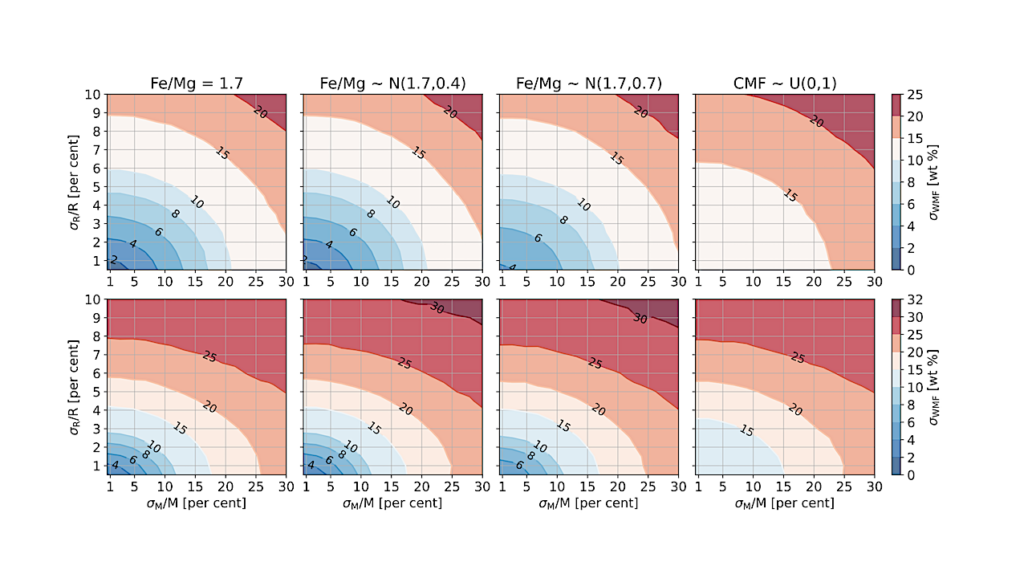Interior Controls on the Habitability of Rocky Planets

Investigations into habitability have provided ample opportunity for not only reflection as to its nature but also planetary evolution processes in general. Agreeing on a definition for habitability has proved troublesome.
Rather than providing a definition, we consider that the concept can be distilled to a simple question: Can life develop there? Unfortunately, the notion of life is heavily biased toward life as we know it on Earth, and even the question of “development” remains vague: Is survival enough? Does it include its proliferation instead? Does it cover the emergence of life? Would the requirements not change with time and because of life itself? The interested reader could consult the review by Cockell et al. [1] for a discussion of the definition of the term.
It is nonetheless possible to draw a list of requirements that any living organism we can imagine would need to remain active. Those would include (a) a solvent (water, on Earth), (b) energy, and (c) the presence of various elements and nutrients in sufficient abundances and forms to facilitate (a) and (b).
It has been argued that energy was likely easily accessible in general, from solar radiation, redox potential, or other processes, and that life as we know it makes use of some of the most common building blocks (elements) in the universe, the CHONPS (carbon–hydrogen–oxygen–nitrogen–phosphorus–sulfur).
Even minor elements that are used by life, such as Fe or Mg, for instance, are relatively abundant on the surface of Earth (even if those may vary from one specific organism to the other). Finally, the solvent common to known life, water, is one of the most abundant molecules in the Solar System.
Interior Controls on the Habitability of Rocky Planets, Space Science & Technology (open access)
Astrobiology








